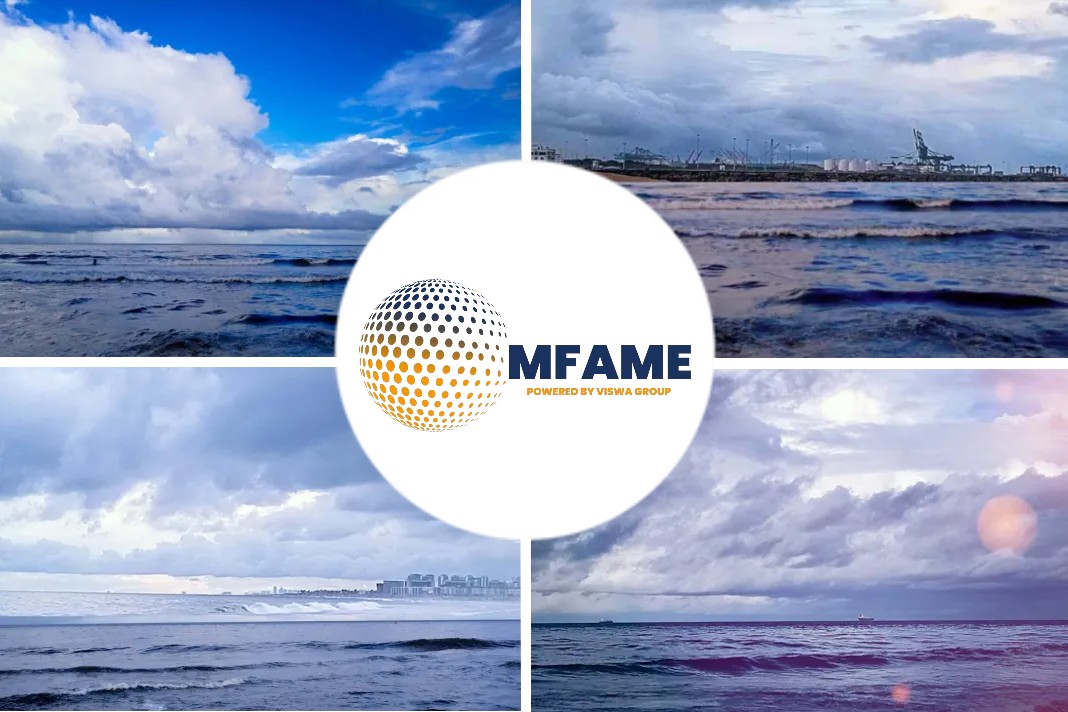According to a Platts report, the ongoing program to fit scrubbers in tankers is keeping many of them away from the market and tightening supply, but their return from dry-dock means that these ships are offered at a discount, which is failing to support freight rates, market participants said.
Rates Not Getting Support
The overall supply tightens when ships dry-dock to get scrubbers installed, but in the tankers segment such as VLCCs, there is still enough tonnage available for loading and therefore the rates are not getting any support, a senior shipping executive said Wednesday on the sidelines of the Marine Money Conference in Singapore.
The overall sentiment is subdued because plenty of such ships retrofitted with scrubbers are being offered at a discount, the executive said.
A case in point is an NPI relet, the DHT Lotus that was placed on subjects Wednesday by SK Energy at w61 for October 5 crude loading on the Persian Gulf-Ulsan route, several Worldscale points below the prevailing market rates, industry sources said. NPI executives could not be immediately reached for comment, but VLCC brokers confirmed the deal.
What’s Dampening Market Sentiments?
Participants at the conference said that rather than tankers’ supply being tightened due to retrofitting at the docks, it is the post-installation availability at lower rates, which has dampened market sentiment. A VLCC has to dry-dock for several weeks for the scrubber to be fitted. Ships lack full regulatory approvals due to dry-docking and therefore offer themselves at lower rates for the first voyage after coming out of the yards.
Scrubber Preference Shifts Towards New Vessels
- There is a marked preference for installing scrubbers in new rather than existing ships and in bigger instead of smaller ships.
- Close to 70% of the VLCCs under construction and around a fourth of the overall global fleet of 740 in this category are expected to have scrubbers, according to shipping industry estimates.
- There are 17 VLCCs that are undergoing retrofit now, while 128 intend to or have plans to do so, according to the estimates of Strait Shipbrokers.
- So far 43 new VLCCs have been delivered with scrubbers, while 30 existing units have been retrofitted, the estimates showed.
Newbuilds Affecting Rates
Another reason for scrubber retro-fitting not supporting the VLCC rates is the large number of newbuilds entering the market, which has offset the temporary withdrawal of supply.
- So far at least 50 new VLCCs have been added to the fleet this year, according to the estimates of Banchero Costa, a Genoa-based shipping consultancy and brokerage. This translates to more than one VLCC being delivered each week.
- VLCCs have been the key driver in tanker deliveries in 2019, with the fleet expected to expand by 18 million dwt this year, Maritime Strategies International said in a report.
- This will massively outweigh scrapping, which has been muted and the fleet is expected to grow by 6.3% year on year, the report said.
- The benchmark VLCC rate on the Persian Gulf-China route has so far averaged 59.61 Worldscale points this month, little changed from w57.625 in August, despite not only several ships being off market for getting scrubbers fitted but also strong spillover support from the recent attack on Saudi oil installations.
Increased Dry Bulk Rates
Interestingly, in dry bulk category, Capesize ships have seen an increase in rates with daily earnings hitting a four-year high of over $38,000/day and one of the factors that has contributed to the support is a section of the fleet taken off work to be fitted with scrubbers.
To be sure, it is only one of the factors to which the gains can be attributed, the others being China’s healthy seaborne iron ore import volume aimed at building port stocks. The revival of Vale’s iron ore exports from its Brucutu mine after the tailings dam disaster in February has also given the Capesize market a lot of fillip during the last and current quarters.
“Last month, Capesize freight rates surged as there were delays in retrofitting of scrubbers,” a senior executive with a dry bulk shipping company said.
Scrubbers Fitting Duration Capesize Effect
The average duration to fit scrubbers in Capesizes was initially projected to be a month, but seven Capesize ships are currently awaiting their turn to get this done at Chinese shipyards and the eventual duration may turn out to be 42 days, the executive said.
- In the upcoming fourth quarter, the average duration of absence of such ships may end up to be 50 days due to a longer waiting time, he said.
- S&P Global Platts Thursday assessed the Capesize rate on the key Tubarao, Brazil, to Qingdao, China, route at $23.75/wet metric ton, compared with $22.60/wmt at the beginning of last month.
- The rates had hit a recent high of $28.80/wmt on September 3 and September 4.
- The Capesize time charter equivalent rate on the key Tubarao, Brazil, to Qingdao, China, route was assessed Thursday at $25,305/day.
- The year’s high was at $38,458/day on September 3.
Did you subscribe to our daily newsletter?
It’s Free! Click here to Subscribe!
Source: Platts

















